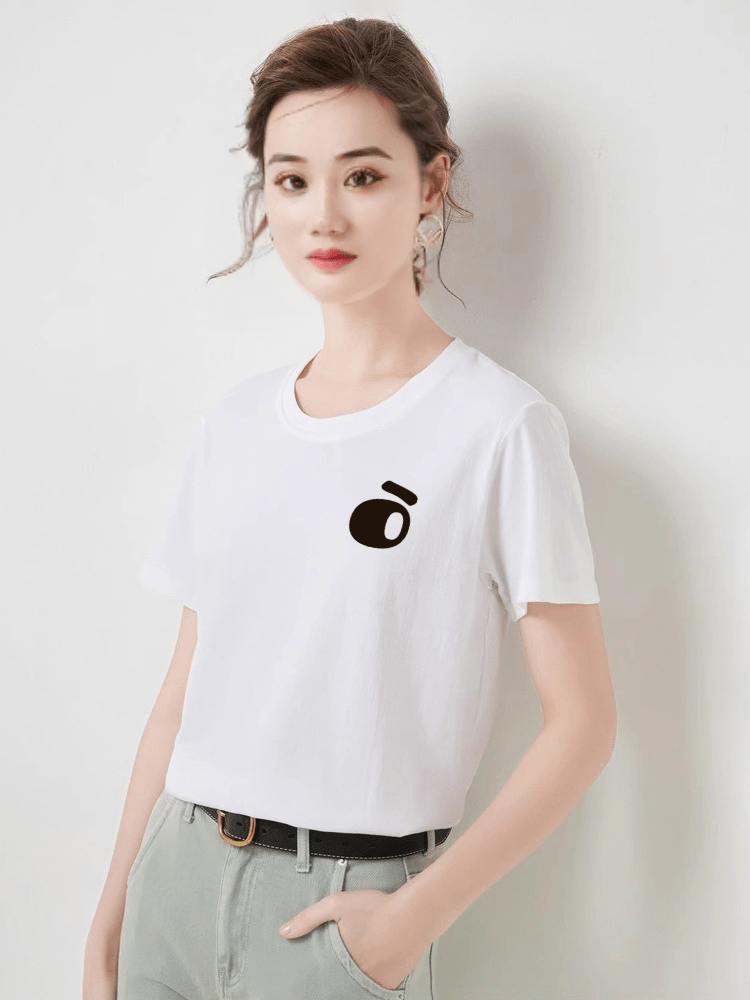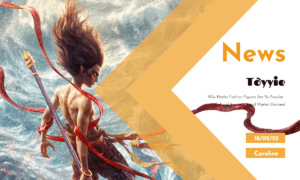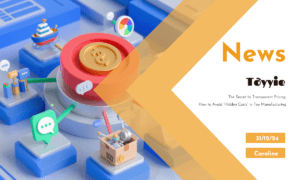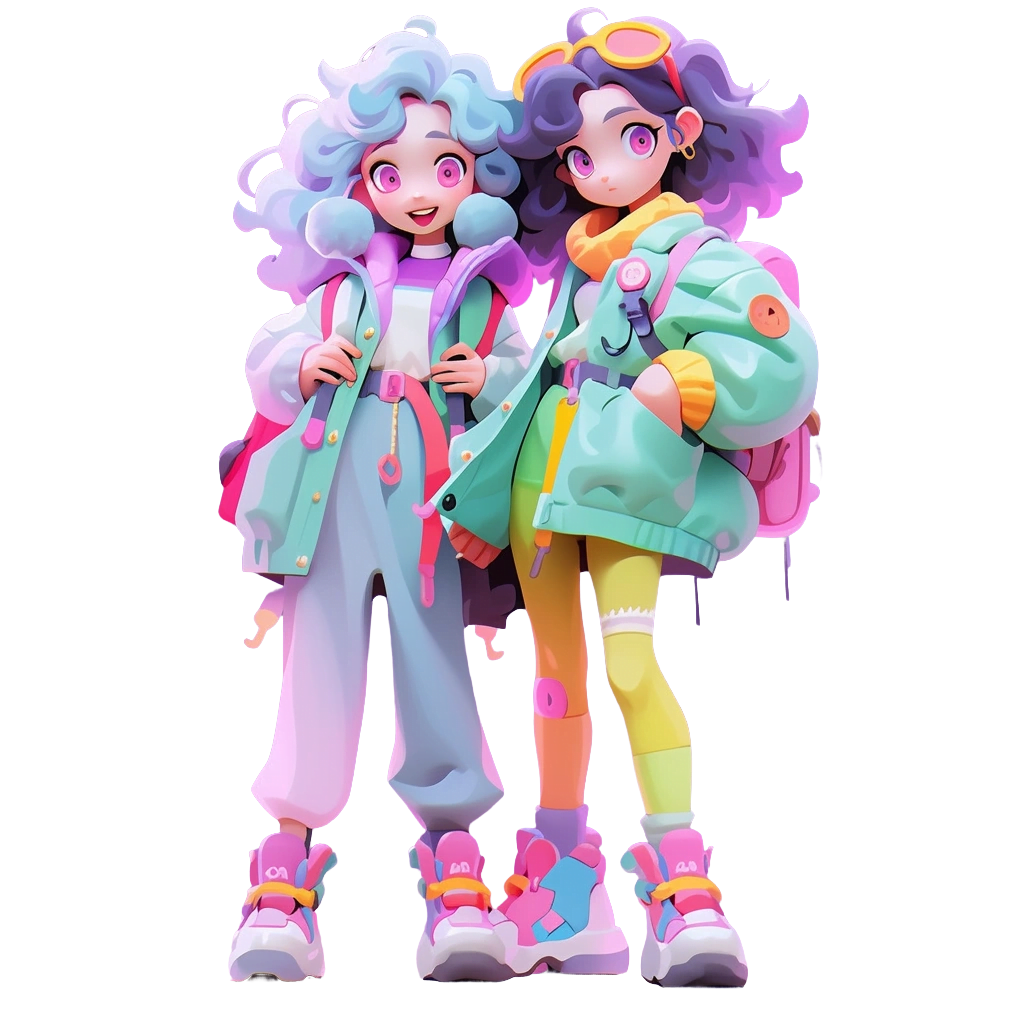📌 Introduction📌
If you’re a designer looking to bring your vision to life as a collectible toy, the journey can feel magical—watching your sketches transform into physical objects is thrilling. But as a factory that specializes in producing designer toys, I can tell you that some client requests, despite being well-intentioned, can pose significant challenges. Often, these requests stem from misunderstandings about the manufacturing process rather than unrealistic demands.
In this article, I’ll share the top three requests we find most challenging, the reasons behind their complexity, and how we can work together to address them. By understanding the nuances of toy production, you’ll be better equipped to communicate with your factory and avoid frustration.
🎨 I Want Every Detail From My 3D Model to Be Perfectly Replicated
This is one of the most common requests we receive, especially from designers who are deeply passionate about their creations (which we love, by the way!). You’ve spent countless hours perfecting your digital 3D model, down to the tiniest texture, and you understandably want every detail to appear in the final product.
Why It’s Challenging
Toy production involves a range of physical and mechanical constraints that don’t always align with the perfection of digital designs. Here’s why:
Material Limitations:Some materials, like vinyl, have physical properties that make them unsuitable for extreme fine details. For example, a delicate texture might not mold well or could wear out over time.
Mold Feasibility:Intricate details can lead to production challenges, like “undercuts” that make it impossible to remove the toy from the mold without damaging it.
Paint and Printing Precision:Even the best painting or printing processes have limits. Fine lines or intricate patterns might blur, shift, or lose clarity on curved or small surfaces.
How We Can Work Together
Collaborative Adjustments:When reviewing your design, we’ll highlight areas that may need simplification or adjustment for production. Together, we can balance preserving your vision and ensuring manufacturability.
Prototyping:Investing in prototypes, like 3D-printed models, can help you see how details translate from screen to physical object.
⏳ Can You Rush the Production Timeline?
Deadlines are a reality in this industry, especially when your toy is tied to a specific event, crowdfunding campaign, or seasonal launch. However, rushing production is one of the most difficult client requests we receive.
Why It’s Challenging
The Complex Process:Producing a designer toy involves many steps, from creating molds to testing prototypes, refining paint applications, and performing quality checks. Skipping or rushing any of these steps can lead to lower-quality results.
Material Lead Times:Raw materials, such as vinyl or ABS plastic, often have their own procurement timelines. Factories must order these in advance, and rushing the order may not always be possible.
Production Line Scheduling:Factories often operate on tight schedules, with multiple projects running simultaneously. Accommodating a rushed timeline can disrupt other projects and strain resources.
How We Can Work Together
Plan Ahead:If you know you have a hard deadline, start the production conversation as early as possible. This gives us more time to allocate resources and work within your timeline.
Identify Priorities:In some cases, simplifying your design or reducing your order quantity can help us meet your timeline.
Be Realistic:Understand that rushing production increases the risk of errors, which might negate any time saved.
💎 I Want My Toy to Be Affordable but Look Premium
We get it—every designer wants their toy to look stunning and feel high-quality while remaining accessible to buyers. However, achieving this balance can be incredibly tricky, as high-end features often come with a cost.
Why It’s Challenging
Material and Finish Costs:Premium materials, like high-gloss vinyl or matte finishes, tend to cost more. The same applies to specialty paints, chrome effects, or glow-in-the-dark features.
Labor-Intensive Processes:Hand-painted details or intricate assembly require skilled labor, which increases production costs.
Economies of Scale:Smaller production runs often have higher per-unit costs, as the setup costs are spread over fewer toys.
How We Can Work Together
Set Clear Priorities:Decide which aspects of your toy are most important to its appeal. For instance, is the high-gloss finish a must-have, or can it be replaced with a matte look?
Consider Batch Sizes:Increasing your production quantity, if possible, can reduce the cost per unit.
Transparency on Costs:We’ll provide a breakdown of how different materials and processes affect pricing, so you can make informed decisions.
🌟 Real-World Examples
To illustrate these challenges, let me share a few stories from our experience:
The Detail-Driven Designer
One client submitted a highly detailed 3D model with intricate patterns etched across the toy. While impressive, these details were so fine that they couldn’t be accurately reproduced in the mold. After several rounds of discussion, we worked with the designer to slightly simplify the patterns while retaining their essence. The final product stayed true to their vision but was also manufacturable.
The Rushed Campaign
A designer approached us with a tight deadline tied to a Kickstarter launch. By prioritizing certain aspects of the design and producing a smaller initial run, we managed to deliver on time without compromising quality. However, the designer learned the importance of building buffer time into their future projects.
The Affordable Premium Look
A client wanted a luxury feel for their toy but had a limited budget. By substituting certain materials and finishes, we achieved a similar aesthetic without exceeding their budget.
💬 Closing Thoughts: Communication Is Key
At the heart of these challenges is a simple truth: clear, honest communication is the foundation of a successful production process. As your factory partner, our goal is to bring your vision to life in a way that’s both beautiful and practical. By understanding the realities of toy production, you can avoid common frustrations and focus on what matters most—creating a toy that delights your audience.
If you’re ready to start your next project or have questions about the process, let’s connect! We’re here to turn your ideas into reality.




